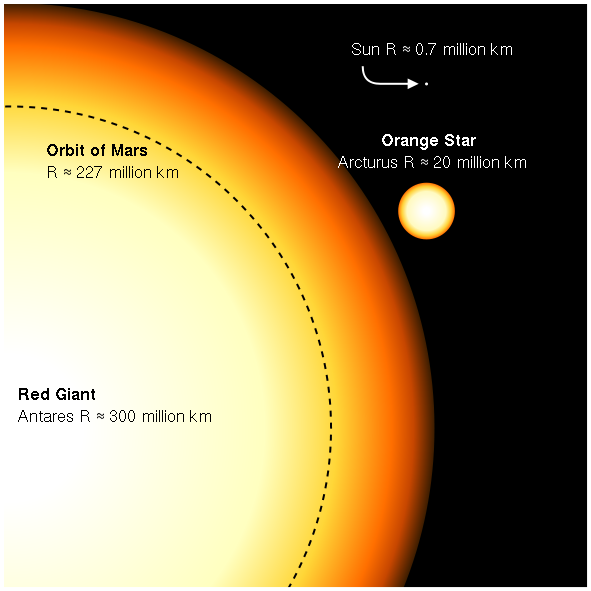
Moon is by Antares
You know summer is waning when you see Antares at its highest in the sky as darkness falls, near a waxing moon. On August 15, 2021, the moon will be at or near its half-illuminated first quarter phase. A first quarter moon is always high in the sky at sundown. And, in the next few evenings, the moon will sweep past Antares – Heart of the Scorpion in the constellation Scorpius – on the sky’s dome. Be sure to notice the moon’s change of position relative to this star. That shift is due to the moon’s motion in orbit around Earth. It’s due to the moon’s nearness to Earth. It’s a clue that it and Antares are at vastly different distances in space.
The moon is our closest large celestial neighbor. It resides at an average distance of 238,885 miles (384,400 km). Meanwhile, the sun, the nearest star to Earth, lodges some 400 times farther from Earth than our moon. And Antares is vastly farther still. It’s a red supergiant star, located at an estimated 600 light-years away from us.
A light-year is about 63,000 times greater than one astronomical unit (sun-Earth distance). So Antares resides somewhere around 38 million times the sun’s distance from Earth (600 x 63,000 = 37,800,000 astronomical units).
Yes … space is vast!
Antares is a red supergiant star
Antares is a truly enormous star. Its radius (half its diameter) is in excess of 3 astronomical units. If by some bit of magic Antares were suddenly substituted for our sun, the surface of the star would extend well past the orbit of Mars.
Antares’ ruddy complexion reveals that this star has a low surface temperature. But Antares’ great size makes up for its low surface temperature so that this star shines at 1st-magnitude brightness in Earth’s sky. That’s in spite of the fact that Antares lies nearly 600 light-years away.
In the visible spectrum, this red supergiant star has the luminosity of about 10,000 suns. But if we could include invisible infrared radiation, Antares might have as much as 60,000 times the sun’s luminosity.

Bottom line: The moon is by Antares, a red supergiant star, on August 15, 16 and 17, 2021. Antares is the brightest star in the constellation Scorpius the Scorpion. It represents the Scorpion’s beating heart.











